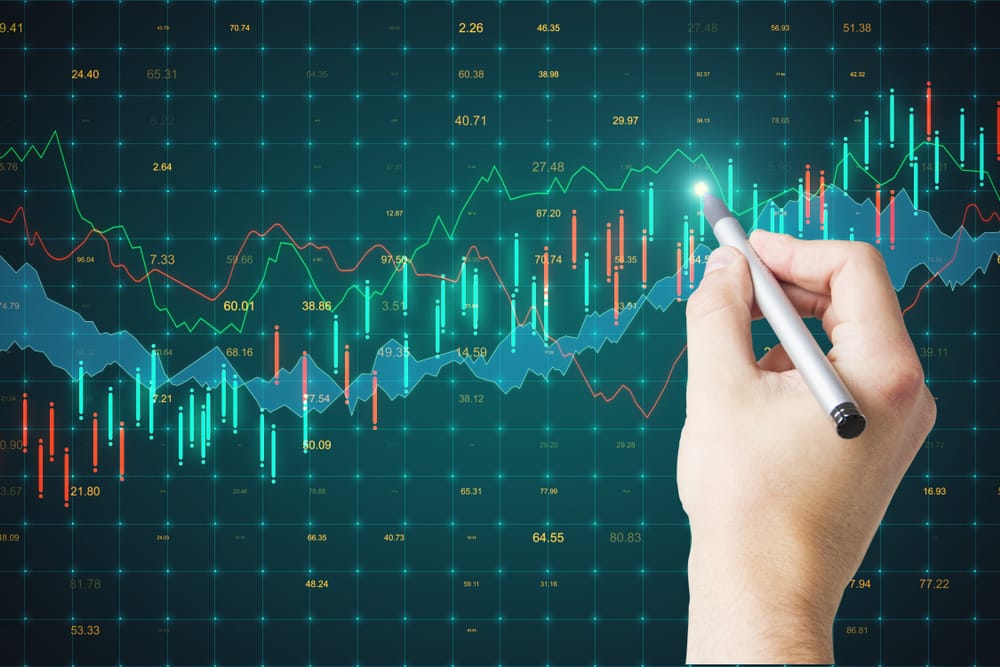World Pandemic Uncertainty Index for Nepal
This dataset tracks world pandemic uncertainty index for nepal over time.
Latest Value
0.00
Year-over-Year Change
-100.00%
Date Range
4/1/1996 - 4/1/2025
Summary
The World Pandemic Uncertainty Index for Nepal measures perceived uncertainty about the economic impact of the COVID-19 pandemic in Nepal. It is a key metric for policymakers and analysts assessing Nepal's economic resilience.
Analysis & Context
This economic indicator provides valuable insights into current market conditions and economic trends. The data is updated regularly by the Federal Reserve and represents one of the most reliable sources for economic analysis.
Understanding this metric helps economists, policymakers, and investors make informed decisions about economic conditions and future trends. The interactive chart above allows you to explore historical patterns and identify key trends over time.
About This Dataset
The World Pandemic Uncertainty Index (WPUI) tracks media and expert mentions of economic uncertainty related to the COVID-19 pandemic. The Nepal-specific index reflects how news and commentary on the pandemic's economic effects have evolved over time in that country.
Methodology
The index is calculated based on automated textual analysis of local and international media reports.
Historical Context
The WPUI is used to gauge public and institutional perceptions of pandemic-related risks in Nepal's markets and policy environment.
Key Facts
- The WUPINPL reached its highest level in April 2020 at the start of the pandemic.
- Nepal's index has declined since mid-2021 as economic uncertainty has eased.
- The WUPINPL is published monthly and updated with a 2-week lag.
FAQs
Q: What does the World Pandemic Uncertainty Index for Nepal measure?
A: The WUPINPL measures the level of perceived economic uncertainty related to the COVID-19 pandemic in Nepal, based on automated analysis of media reports.
Q: Why is the World Pandemic Uncertainty Index for Nepal relevant?
A: The WUPINPL is a key indicator of how the pandemic is affecting business and consumer confidence in Nepal's economy, which is crucial information for policymakers and market analysts.
Q: How is the World Pandemic Uncertainty Index for Nepal calculated?
A: The index is derived from automated textual analysis of local and international media coverage discussing economic uncertainty related to the COVID-19 pandemic in Nepal.
Q: How is the World Pandemic Uncertainty Index for Nepal used in economic policy?
A: The WUPINPL helps policymakers, central bankers, and analysts assess the pandemic's impact on Nepal's economy and markets, informing monetary and fiscal policy decisions.
Q: Are there any limitations to the World Pandemic Uncertainty Index for Nepal?
A: The WUPINPL is published monthly with a 2-week lag, so it may not capture the most recent changes in pandemic-related uncertainty in Nepal.
Related News

U.S. S&P 500 Represents New Market Normal, Says BofA Analysis
S&P 500 Unveils 'New Normal' in U.S. Equity Markets The S&P 500evident in recent performance trends, which is a major index in the world of U.S. stocks, may now be signaling what Bank of America calls a 'new normal' in U.S. equity markets. Defining the 'New Normal' in the S&P 500 The 'new normal' represents a transformative phase where traditional valuation norms are shifting. Amidst high points and sustained growth in the S&P 500to be heavily influenced by changing valuation metrics, such a

US Housing Giant Hopes Fed Policies Boost Sagging Profits
Revitalizing S&P 500 Housing with Federal Reserve Policies The primary keyword, "Treasury Yield," has become an increasingly critical focus within the realm of the S&P 500 housing market. Current fluctuations in bond rates, particularly the 10-year bond rate, are causing waves in the already volatile US housing market. This situation is marked by a profit decline experienced by major housing giants, as economic uncertainty steers investor confidence. The Federal Reserve's policies and interest

US economic growth slows amid rising inflation concerns
US Economic Growth Slows Amid Inflation and Rising Interest Rates The US economy, a crucial indicator of its global standing, is facing a slow growth trajectory. Recent data suggest that inflationary pressures and rising interest rates are the chief culprits in this deceleration. With the Consumer Price Index reflecting heightened inflation and the Federal Reserve adjusting interest rates, the interplay of these factors raises significant concerns for economic stability. These developments furt

US Treasury yields mixed before expected Federal Reserve rate cut
Understanding Mixed Treasury Yields Ahead of the Anticipated Fed Rate Cut Navigating the complex world of Treasury yields can seem like unraveling a mystery. In the unpredictable arena of mixed yields, understanding their shifts becomes especially crucial. Treasury yields offer a glimpse into Wall Street's trust in the economic outlook. They're shaped by various factors, such as the Federal Reserve's interest rate changes and the broader economic landscape. Right now, investors are watching clo

U.S. economic growth impacts global trade dynamics
How U.S. Economic Growth Shapes Global Trade Dynamics The trajectory of economic growth in the U.S. significantly influences global trade dynamics, and its substantial GDP growth holds broad implications for international markets. Often regarded as the world’s largest economy, the U.S. serves as a cornerstone for global trade. As it continues to prosper, economic policies and trade agreements emanating from the U.S. play a crucial role in shaping trade patterns worldwide. The Power of U.S. GDP

S&P 500 hits record as U.S. producer prices fall
S&P 500 Reaches Record High as U.S. Producer Prices Decline The S&P 500 reaching a record high suggests a notable moment in market history, particularly as the U.S. Producer Price Index (PPI) shows a downward trend. The link between the stock markets and producer prices demonstrates how interconnected these financial indicators can be. Falling PPI numbers might seem positive, yet they can signal underlying market changes. These shifts invite investors to recalibrate their approaches in response
Related Trends
Consumer Price Index for All Urban Consumers: All Items in U.S. City Average
CPIAUCNS
Capacity Utilization: Total Index
TCU
Commercial and Industrial Loans, All Commercial Banks
TOTCI
Share of Foreign Born in Home Owners Loan Corporation (HOLC) Neighborhood A
RLMSHFBHOLCNA
Home Ownership Rate in Home Owners Loan Corporation (HOLC) Neighborhood C
RLMSHHORHOLCNC
Share of Foreign Born in Home Owners Loan Corporation (HOLC) Neighborhood C
RLMSHFBHOLCNC
Citation
U.S. Federal Reserve, World Pandemic Uncertainty Index for Nepal (WUPINPL), retrieved from FRED.